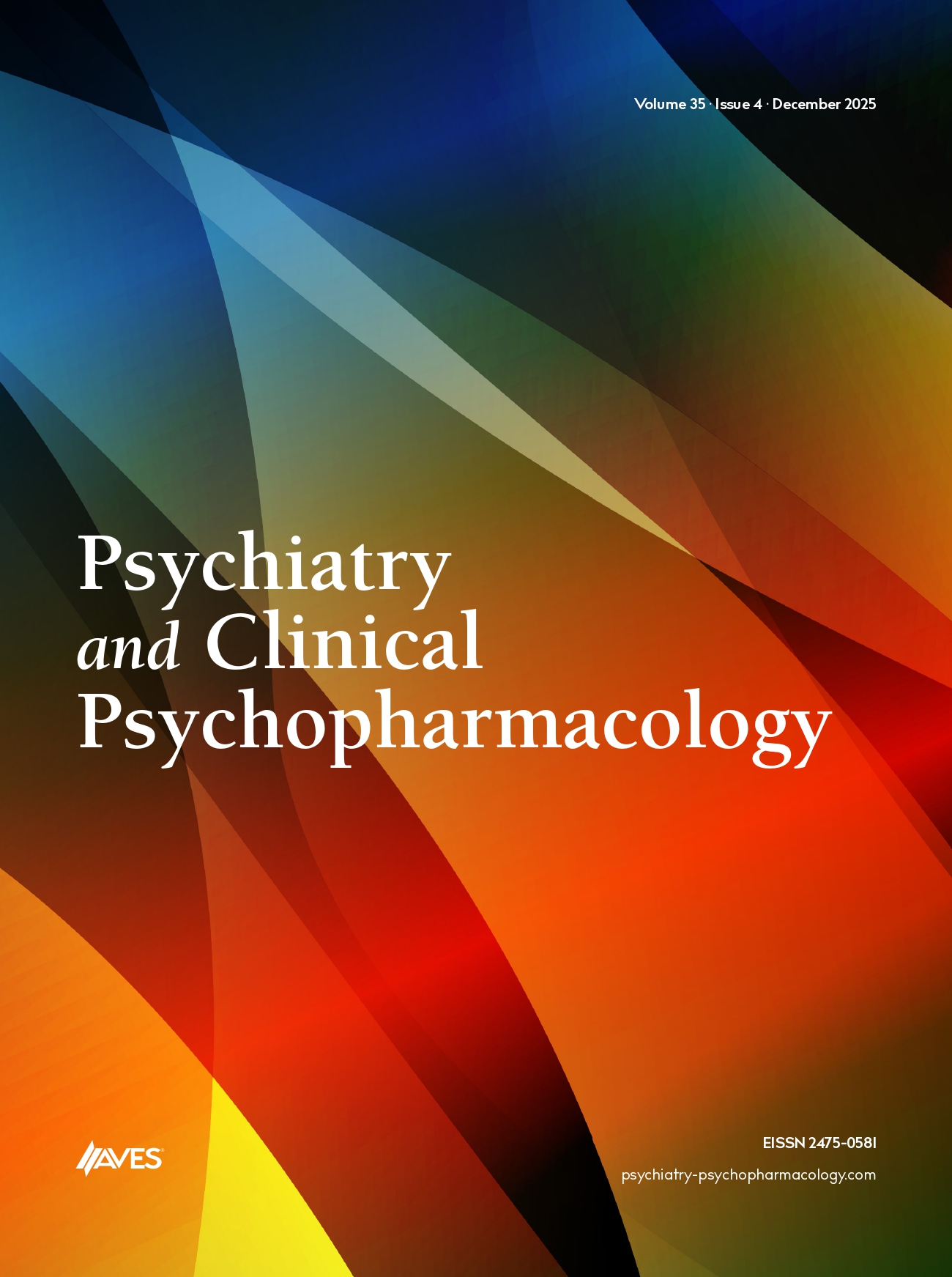Hirsutism is defined as the presence of excess terminal hair in females in a male-like pattern. There are many factors involved in the etiology of hirsutism. Multiple medications have been associated with hirsutism. We report here a case of rapid onset of hirsutism following administration of mirtazapine. A 24-year-old, single, female patient applied to our outpatient clinic with depression symptoms of unwillingness, malaise, sadness, insomnia and loss of appetite. She did not explain psychosocial stress factors. She was diagnosed to have major depressive disorder according to SCID-I and prescribed mirtazapine 30 mg once a day. When she came to follow-up after one month, the patient dwelled upon the abnormal hair growth and menstrual irregularity. She consulted to the obstetrics clinic top of the legs. Thyroid-stimulating hormone (TSH), Luteinizing hormone (LH), Follicle stimulating hormone (FSH), testosterone, progesterone and estradiol levels were within normal ranges. Mirtazapine treatment was discontinued and trazodone was started. The terminal hair growth and menstrual irregularity stopped after discontinuation of mirtazapine. Mirtazapine is an alpha- 2 antagonist antidepressant that has complex mechanisms in releasing noradrenalin and serotonin. In our case, the patient had no complaints of male pattern hair growth before mirtazapine treatment and improved after discontinuation of the medication suggests that it is a drug-induced hirsutism. Hirsutism is usually caused by increased androgen production furthermore it can also be seen in normal serum androgeine and venlafaxine. Case series are needed to verify the mirtazapine-induced hirsutism.


.png)
.png)